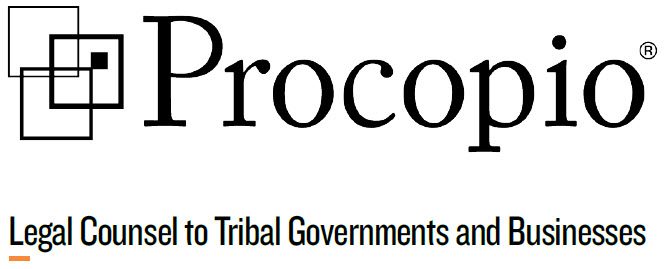By: Nikke Alex | Intern
Theodore J. Griswold | Partner | ted.griswold@procopio.com
On May 24, 2015, Pope Francis released his encyclical on the environment and the need for meaningful climate action. However, his official letter is not just about impact from climate change. It was also about inclusion. The 192-page document focuses on Indigenous Peoples’ rights to land and culture with the Pope proclaiming that Indigenous Peoples’ “should be principle dialogue partners, especially when large projects affecting their land are proposed.”
This idea of dialogue with Indigenous Peoples prior to development is not new. In 2007, the United Nations General Assembly adopted the United Nations Declaration on the Rights of Indigenous Peoples (UNDRIP). The UNDRIP is a declaration among countries on how Indigenous Peoples should be treated and sets out how countries and their governments should respect human rights of Indigenous Peoples. One of the important topics of the UNDRIP is the right to Free, Prior and Informed Consent. Article 32 of the UNDRIP reads, “States shall consult and cooperate in good faith [emphasis added] with the indigenous peoples concerned through their own representative institutions in order to obtain their free and informed consent prior to the approval of any project affecting their lands or territories and other resources, particularly in connection with development, utilization or exploitation of mineral, water or other resources.”
President Obama, in December 2010, announced the United States’ support for the UNDRIP, but the United States Congress has yet to ratify it. Although the UNDRIP is not legally binding, it lays out pivotal human rights norms of Indigenous Peoples. This is critical for Indigenous Peoples. Free, Prior and Informed Consent means that Indigenous Peoples have the right to be consulted with and can make decisions on any matter that may affect their communities like mining, fracking, or water development projects.
Everyday Indigenous Peoples are fighting mineral development in their communities and, in many instances, were never consulted prior to development. For example, the San Carlos Apache Tribe has been fighting a land grab of Oak Flat – a sacred site – for copper mining. The reservation was originally set aside and protected through an Executive Order by President Eisenhower in 1955. For the past 13 years, the Apaches halted Rio Tinto and BHP Billiton from mining until December 2014 when John McCain and Jeff Flake (R-Ariz) snuck a provision into a must-past military funding bill that essentially gave Oak Flat to an Australian-British mining company. Sneaking a provision in a military appropriations bill does not amount to Informed Consent. And, this is San Carlos Apache land!
This is not the first time Arizona senators have been tied to abuse of natural resources on Indigenous lands. In 2012, McCain and John Kyl (R-Ariz) tried to push through the Navajo-Hopi Little Colorado River Water Rights Settlement Act of 2012 to ensure Arizona had water for mining to produce energy for southern Arizona cities and, ultimately, tried to force the Navajo and Hopi to waive their priority water rights. McCain even tried to ensure the Navajo Nation President and Council that they were negotiating in “good faith” of the Nation.
The Pope’s encyclical states, “For [Indigenous Peoples], land is not a commodity but rather a gift from God and from their ancestors who rest there, a sacred space with which they need to interact if they are to maintain their identity and values. When they remain on their land, they themselves care for it best.” The notion of Free, Prior and Informed Consent is basic. If a project is happening on your land, shouldn’t you be notified before it begins? This notice is critical, so Indigenous Peoples can exercise self-determination to decide what is best for their community and future generations.
Nikke Alex is a citizen of the Navajo Nation and is entering her third year at the University New Mexico School of Law. Nikke was the former Executive Director of the Black Mesa Water Coalition, an environmental justice non-profit that worked to replace coal-fired power plants with renewable energy. Nikke is a recipient of the 2015 Procopio Native American Internship.
Ted is head of the Native American Law practice group and primary editor for the Blogging Circle. Connect with Ted at ted.griswold@procopio.com and 619.515.3277.
